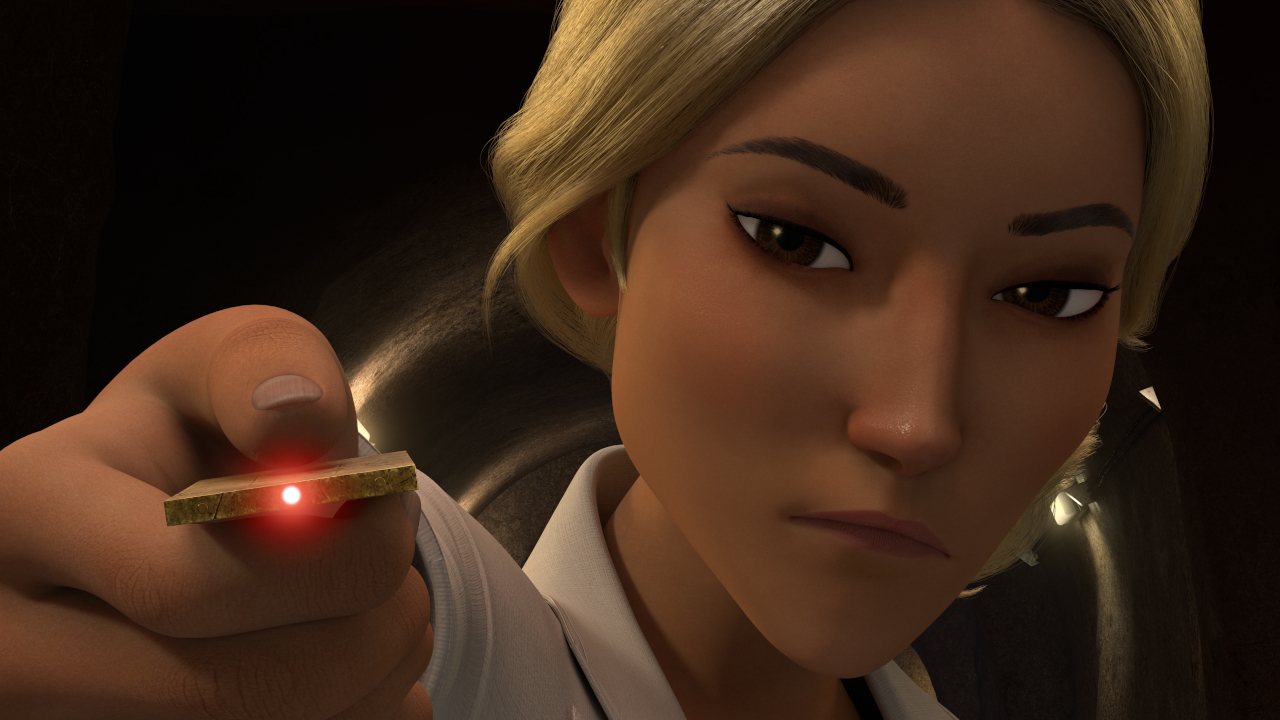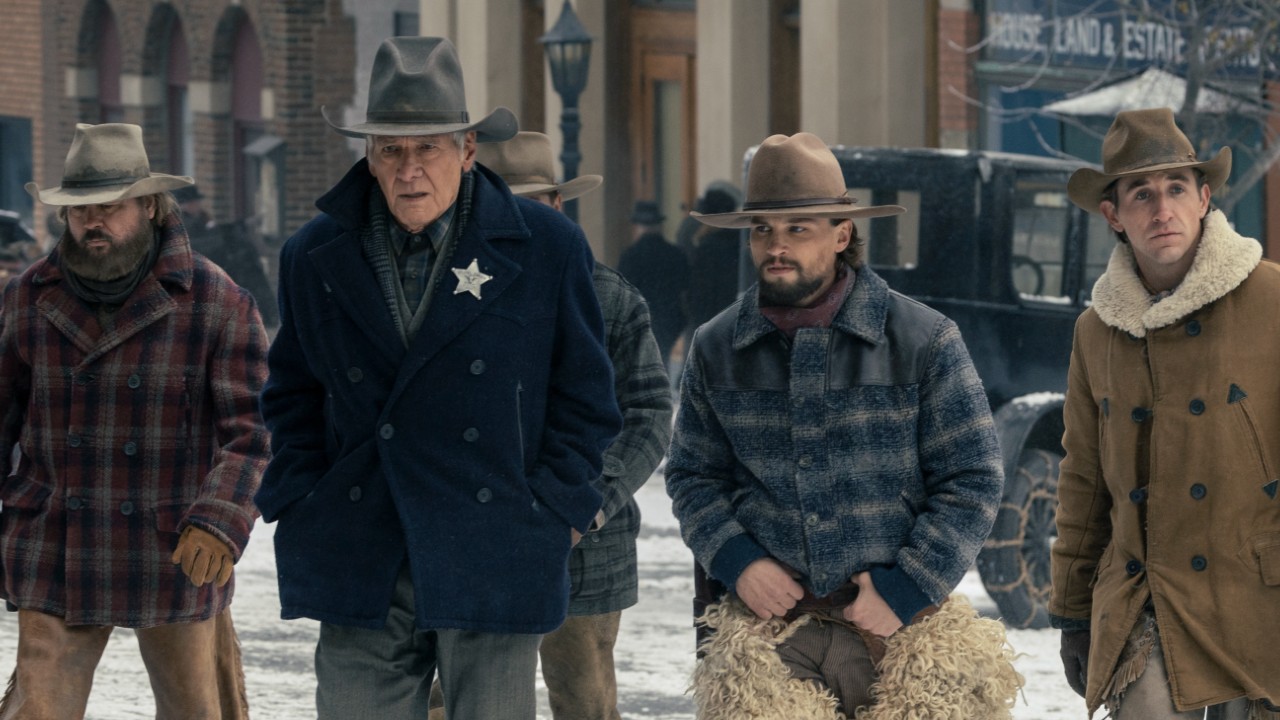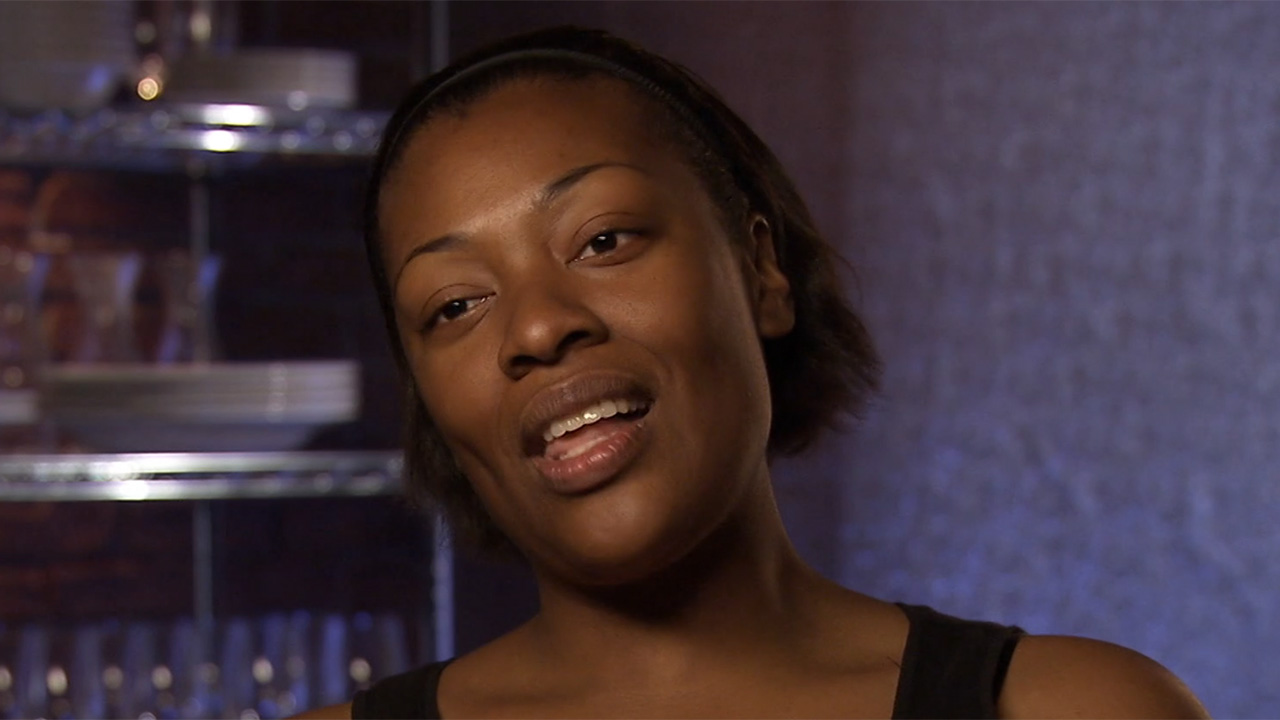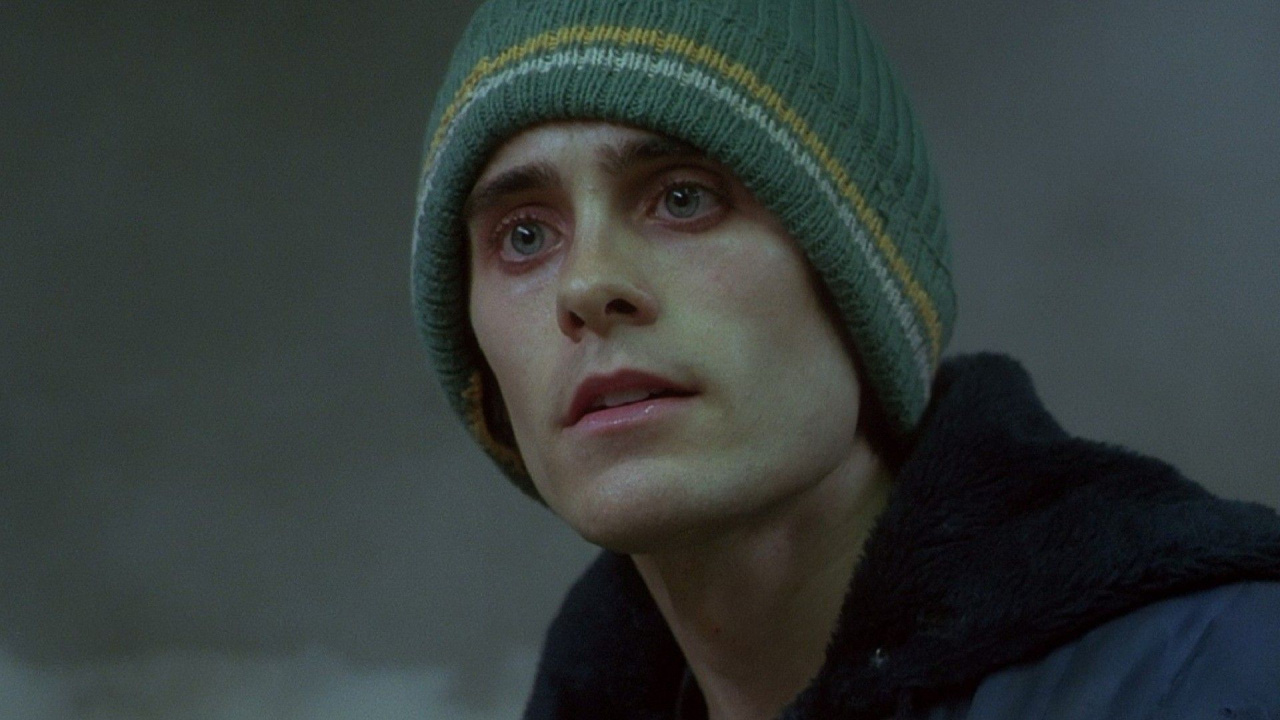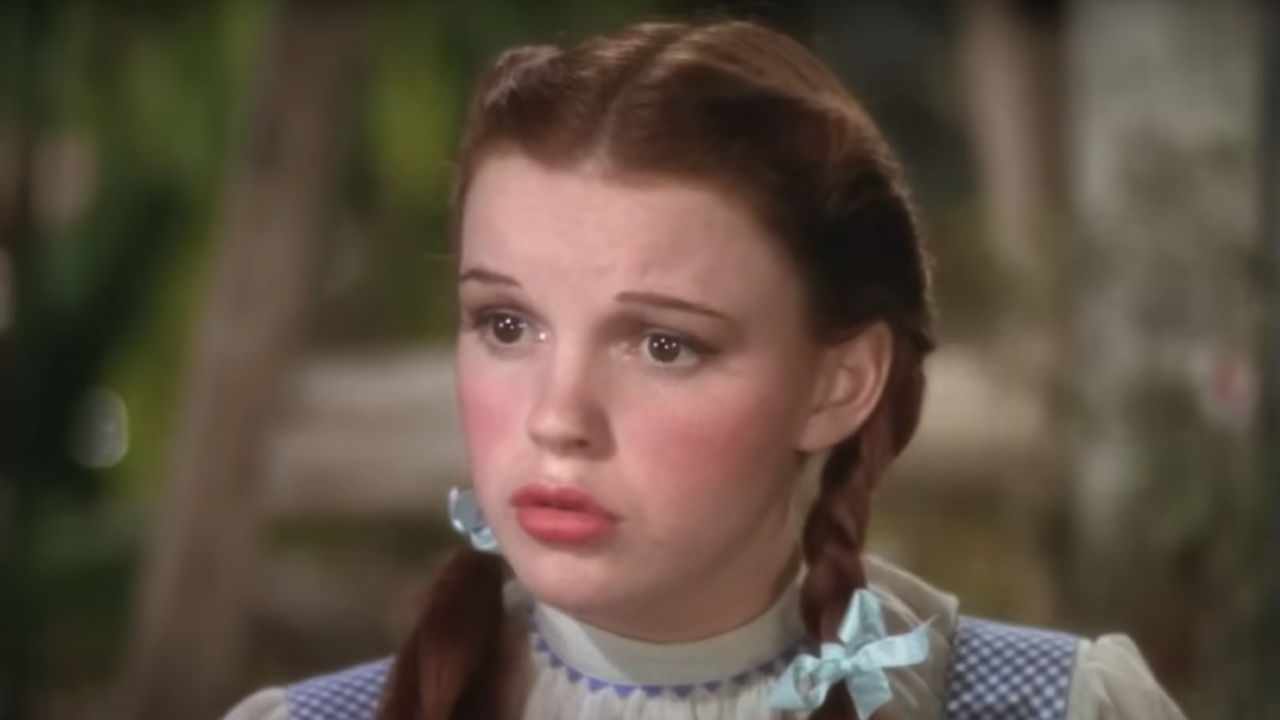Pour One Out For Cable And Satellite, As New Report Reveals Cord-Cutting Hits Biggest Milestone Yet
Fewer and fewer people are getting their television from cable or satellite.
How people watch TV and movies at home has changed so much in just the last few years. Streaming used to be seen as an add-on option to watching traditional television via cable or satellite, but over the last few years, people have been “cutting the cord” and transitioning completely to streaming platforms. Now, for the first time, more people in the U.S. are reportedly getting their TV via streaming rather than cable or satellite.
A new report from Samba TV finds that only 48% of Americans have a monthly subscription to a cable or satellite TV service, meaning that more than half of viewers do not. This is the first time that the annual report has crossed that midpoint. And certainly, it’s not good news for the companies that have built their business around providing such services, but we've seen companies like DirecTV losing subscribers for years.
The bigger issue, however, may be with advertising. Television commercials have been one of the main ways that companies marketed their products to consumers for decades. Now, it seems that more than half of the potential market isn’t seeing those ads. This could potentially result in a significant shift in where advertisers spend their money, which, in turn, could result in even bigger changes for traditional broadcast television. With Netflix and Disney+ both adding ad-supported options, it's potentially even better news for streaming.
While something that is bad news for traditional linear networks is pretty good news for streaming in general, it’s not all good news for individual streaming platforms. The report finds that more than two-thirds of respondents plan to “subscription cycle” in the next six months. This is the practice of ending a subscription for one service before picking up another. For those that are only interested in a particular show or shows, it allows users to only pay for a service for as long as it takes to watch what they’re interested in, then they move on.
Of course, not paying for cable or satellite doesn’t necessarily mean that more than half of households have completely changed the way they access television. Several traditional cable or satellite providers also offer an internet-based version of essentially the same service. Streaming platforms like Hulu and YouTube also offer Live TV options that essentially function the same as cable and satellite, and it’s unclear what percentage has shifted to one of these options.
It seems unlikely that now that things have crossed the 50% threshold we’ll ever see cable or satellite dominant again, Having said that, things are still very chaotic in the world of streaming. Prices of individual services continue to go up. Netflix is in the middle of cracking down on password sharing which is causing at least a small-scale revolt in Canada. It’s possible that we’ll simply never see a large percentage of the country get their TV the same way again, which could make things very difficult for the people trying to advertise to them.
CINEMABLEND NEWSLETTER
Your Daily Blend of Entertainment News

CinemaBlend’s resident theme park junkie and amateur Disney historian, Dirk began writing for CinemaBlend as a freelancer in 2015 before joining the site full-time in 2018. He has previously held positions as a Staff Writer and Games Editor, but has more recently transformed his true passion into his job as the head of the site's Theme Park section. He has previously done freelance work for various gaming and technology sites. Prior to starting his second career as a writer he worked for 12 years in sales for various companies within the consumer electronics industry. He has a degree in political science from the University of California, Davis. Is an armchair Imagineer, Epcot Stan, Future Club 33 Member.

